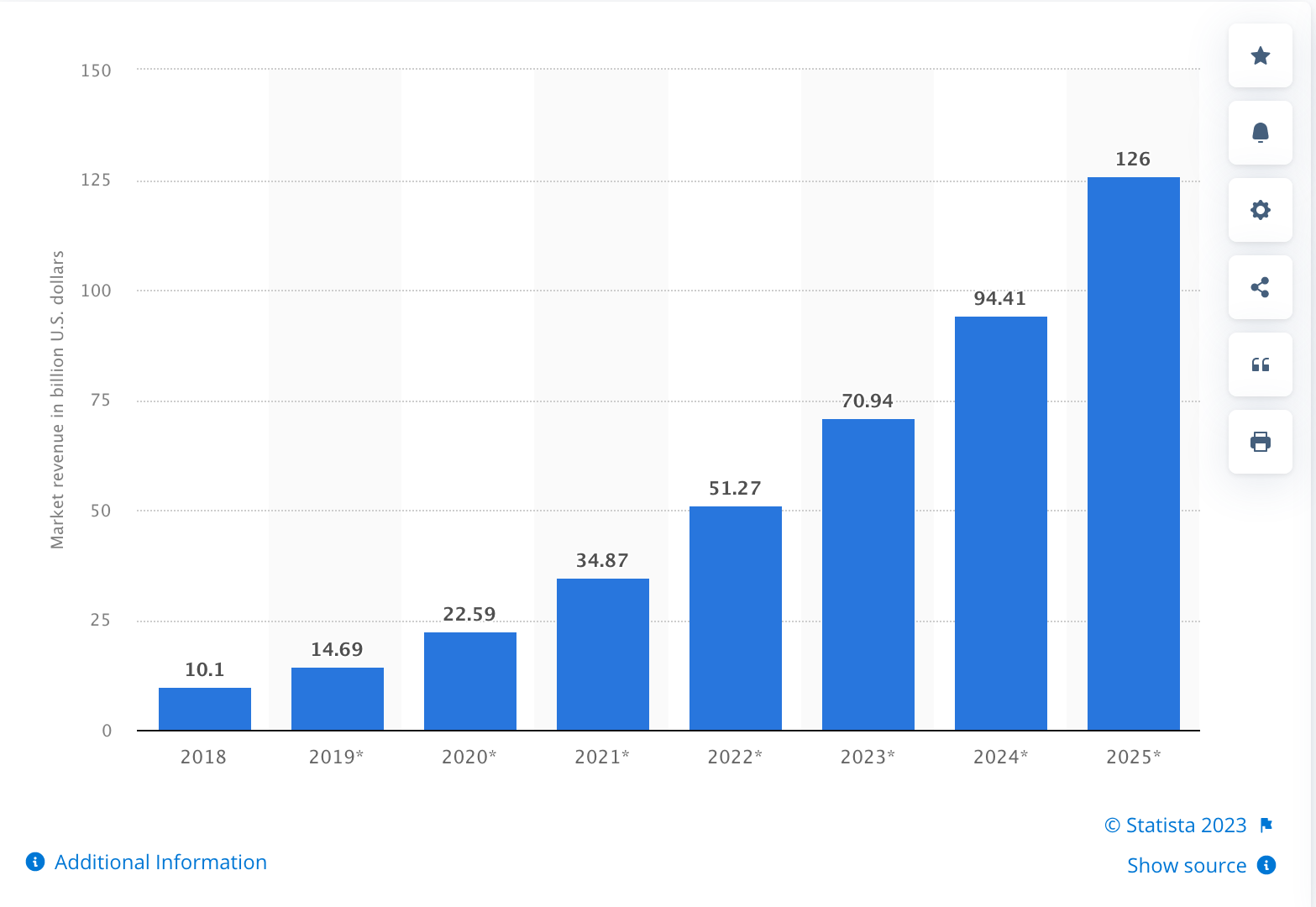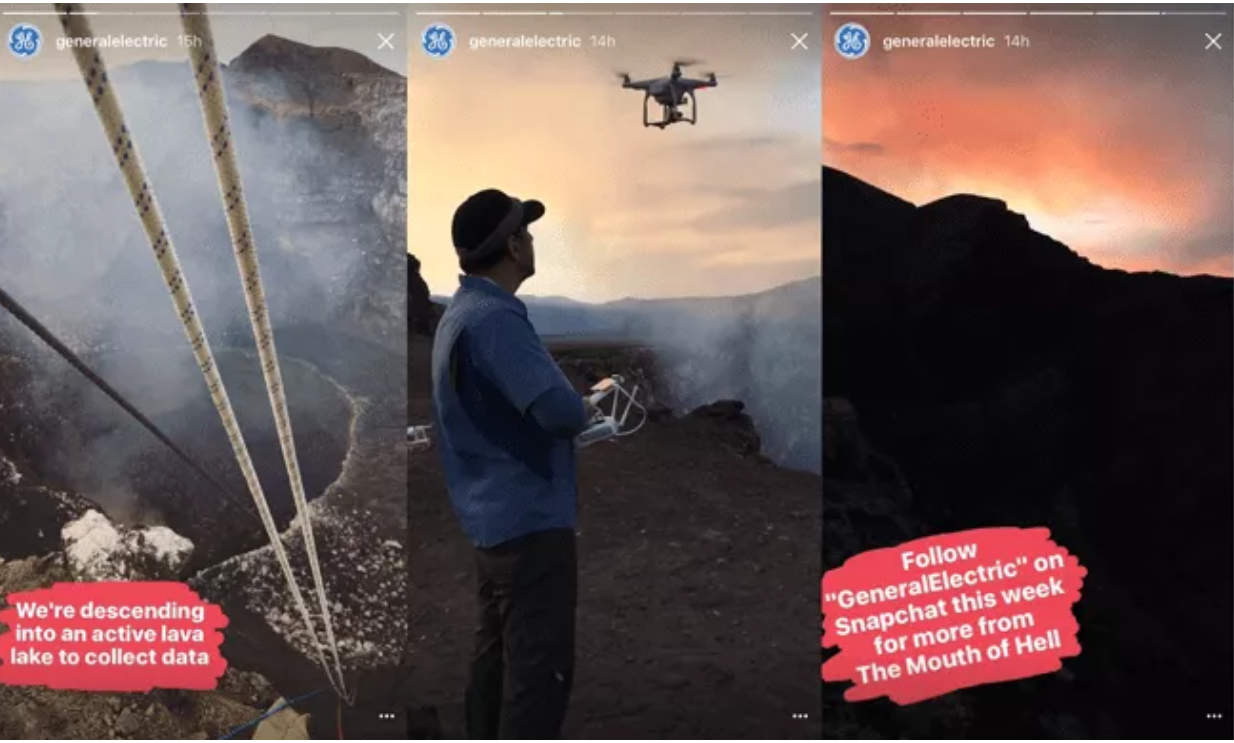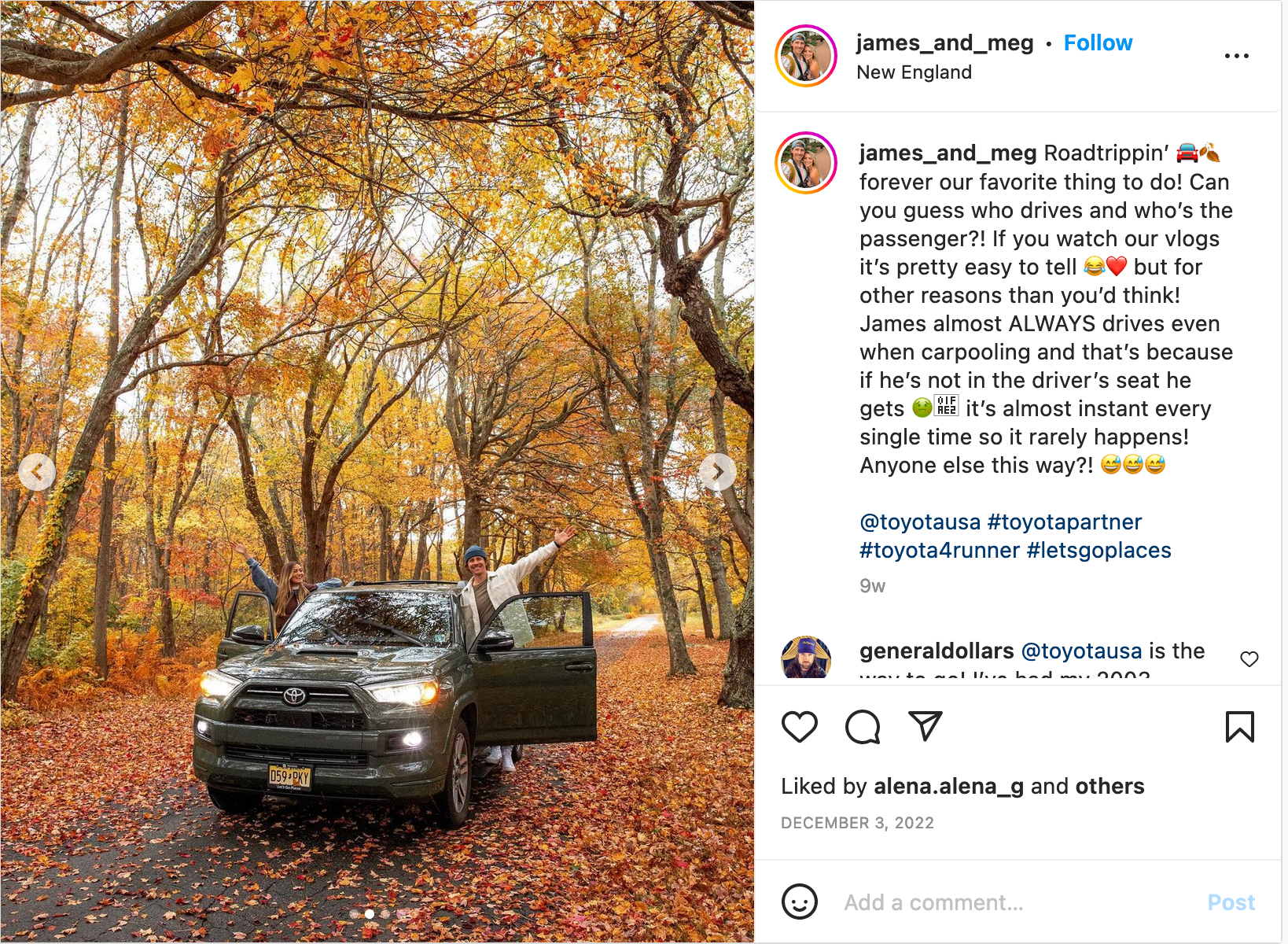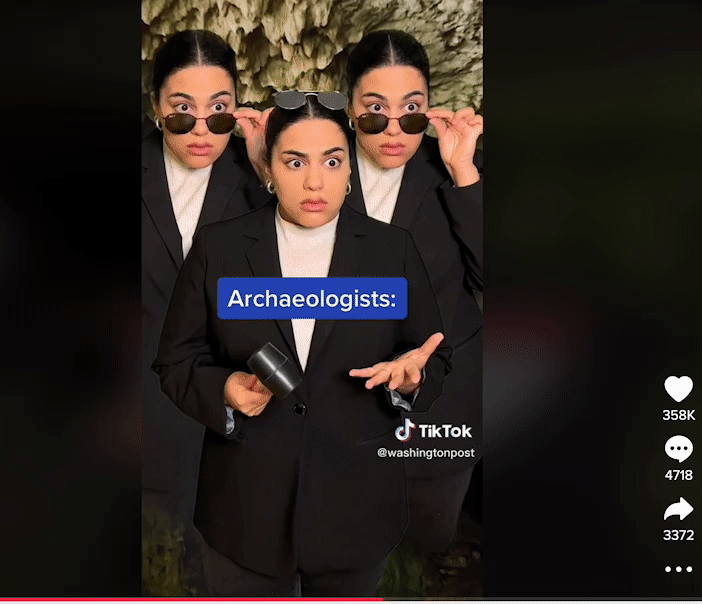AI, influencer marketing, short-form videos—these are just a few of the digital advertising trends marketers are excited about in 2023. We’ve compiled the top five trends you need to reach new heights with your return on ad spend this year.
Digital advertising trend #1: Artificial intelligence (AI)
Advancements in machine learning have extended the capabilities of advertisers. Once-skeptical marketers are now using AI to enhance a multitude of campaign components.
According to Statista, the global AI software market revenue will reach $126 billion by 2025:

AI automation empowers humans with superhuman capabilities. It’s not about replacing sentient work, it’s about embracing collaborative intelligence. You can find artificial intelligence at play in the following digital advertising areas:
- Personalization: AI-powered algorithms can analyze consumer data and personalize ad experiences for individual users.
- Targeting: AI can help identify the right target audience for an ad and place it in front of the most relevant users.
- Marketing automation: AI adds layers to your marketing automation and helps measure and analyze campaign success with less manual work.
- Optimization: AI optimizes ad campaigns based on performance metrics like click-through and conversion rates.
- Predictive analytics: AI can use data and algorithms to predict consumer behavior and inform ad strategies.
- Fraud detection: AI can help detect and prevent ad fraud, such as fake clicks and impressions.
One major company using AI to optimize its digital advertising is Procter & Gamble. The company’s AI system analyzes data and behavior to identify effective ad placement. It also optimizes campaigns and can assist with programmatic ad buying and audience targeting.
Digital marketing is all about reaching the right audience with the right message at the right time. Artificial intelligence is helping advertisers do this in fewer steps with more impact.
Digital advertising trend #2: Short-form videos
Short-form video is sticking around as consumers continue to demand engaging, visually-rich content. Advertisers can create impactful and memorable experiences that connect with viewers in just seconds.
Ad platforms like TikTok, Instagram Reels, and YouTube Shorts are more popular than ever as they provide marketers with new opportunities to reach younger audiences and create highly engaging content.
General Electric uses short-form vertical videos to engage prospects:

The main short-form video formats advertisers like GE are using this year include:
- Vertical videos: With smartphones firmly here to stay, vertical videos give an optimal view on mobile devices. They are also the expected format for platforms like TikTok and Instagram Reels.
- Interactive videos: Gamified ads, quizzes, and polls allow users to engage with digital advertising—and are nearly impossible to resist.
- Live videos: Marketers can connect with audiences in real-time via live videos that foster immediate engagement.
- Ephemeral content: Disappearing videos and photos create a sense of exclusivity and urgency that connects with viewers on an emotional level.
Digital advertising trend #3: Realist influencer marketing
Influencer marketing continues to evolve as brands seek more authentic and impactful campaigns to connect with consumers. Expect to see micro-influencers, transparency, and integrated campaigns shape influencer marketing trends in 2023.
There will also be a decrease in costly celebrity endorsements and a growth in popularity for micro-influencers on TikTok. Brands have realized that even users with small followings can have a powerful impact. As long as the content is in line with the brand’s values, its followers will have faith in it and take action.
For instance, Toyota partnered with a travel micro-influencer to promote their 4Runner:

Here are some of the realist influencer marketing trends expected to take over this year:
- Micro-influencers: Individuals with smaller, but super engaged followings are micro-influencers. Brands partner with them because they offer a more personalized connection for audiences.
- Authenticity and transparency: Consumers are more discerning and demand more authenticity and transparency in influencer marketing. Savvy brands are partnering with influencers who align with their values and are transparent about sponsored content.
- Influencer-generated content: User-generated content (UGC), like posts and reviews from micro-influencers, builds trust with audiences. Brands can leverage this type of UGC in social ad campaigns.
- Integrated campaigns: Influencer marketing is becoming more integrated into overall marketing strategies. Influencer campaigns now go beyond social media, reaching email, and even traditional media.
- Long-term partnerships: Brands want ongoing relationships that create a consistent presence for their audience. Long-term influencer relationships are now more desirable than one-off collaborations.
Digital advertising trend #4: Audio marketing
As consumers listen to more audio content on a variety of platforms and devices, brands look to reach consumers through these channels.
Advertisers are using audio marketing to offer users a more personal and engaging experience through:
- Podcast advertising: The popularity of podcasts is now established. Brands advertising on these platforms reach a captive and engaged audience.
- Voice-activated assistants: Voice-activated assistants, such as Amazon’s Alexa and Google’s Assistant, are more widespread. They offer a new way for brands to reach consumers through audio content.
- Interactive audio experiences: Choose-your-own-adventure style podcasts create an engaging and immersive experience for consumers. Brands are experimenting with these interactive audio experiences to capture new audiences.
- Increased production value: Brands are investing in high-quality audio production to create polished and engaging experiences. Professional voice actors and sound effects are common elements of audio marketing.
- Virtual and augmented reality: Brands are immersing consumers in their world by leveraging virtual and augmented reality.
- 360-degree product videos: Consumers get a comprehensive product overview with 360-video that fully showcases features.
- Interactive product demonstrations: Virtual try-ons and 360-degree product tours allow consumers to interact with products and see how they work up close.
- Product-focused podcasts and audio experiences: Consumers get an in-depth look at products and how they work through branded podcasts and audio experiences.
Even publications like The Washington Post have moved to audio-first digital marketing to grab audiences’ attention:

Digital advertising trend #5: AV product marketing
With consumers demanding immersive and interactive experiences, expect audio-visual (AV) product marketing to grow.
Here are some of the ways brands are using AV in their advertising:
Panasonic Connect’s AV experience is an excellent example of AV product marketing. It provides users with an immersive experience that’s both engaging and educational.
With these five trends in your arsenal, you’ll be well-prepared for a successful year of digital advertising in 2023. Refresh your strategy and put these ideas into action to secure increased sales, brand loyalty, and a higher ROAS.
If you’re ready to start your digital marketing campaign right in 2023, start with creating optimized landing pages. Sign up for an Instapage 14-day free trial to see how our platform can significantly improve your ROAS and streamline your landing page creation process.

Try the world's most advanced landing page platform with a risk-free trial.
